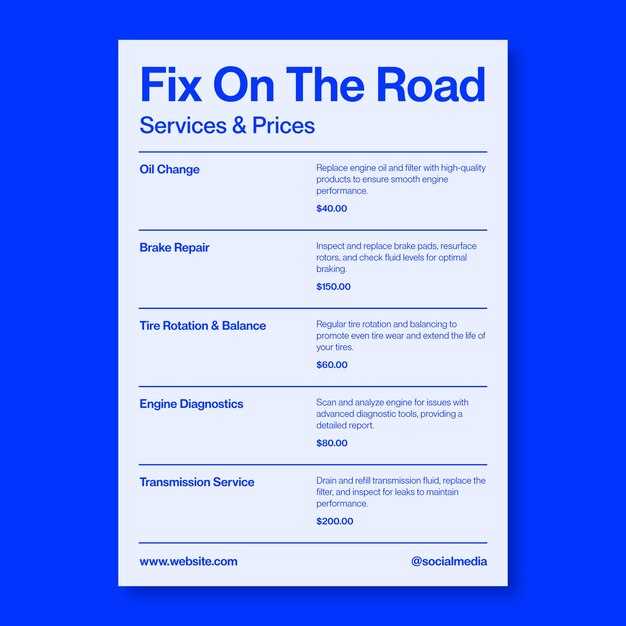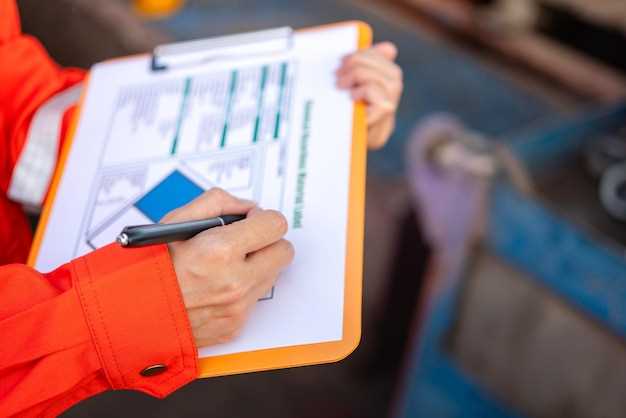
Every athlete knows that race day is the culmination of weeks, if not months, of hard work and preparation. To truly unlock your potential and achieve peak performance, it is crucial to have a well-structured checklist that addresses all aspects of your race day routine. This checklist serves as a vital tool to help you stay organized, focused, and ready to tackle the challenges that lie ahead.
Developing a comprehensive race day maintenance checklist not only ensures that you have all your gear in order but also helps you mentally prepare for the competition. From your warm-up routine to nutrition and hydration strategies, this systematic approach can make the difference between an average performance and a personal best. By following a tried-and-true checklist, you’ll minimize last-minute distractions and ensure that you’re in the right mindset for success.
In the following sections, we will delve into each essential component of the race day maintenance checklist. Whether you’re a seasoned athlete or a first-time competitor, having this guide by your side will empower you to stay on track, eliminate uncertainties, and ultimately achieve the results you desire. Let’s get started on your journey to excellence!
Pre-Race Equipment Check: Tires, Brakes, and Fluid Levels
Before heading to the track, completing a thorough pre-race equipment check is essential for ensuring optimal performance and safety. Proper maintenance of your tires, brakes, and fluid levels can significantly impact your race day experience. Here’s a detailed checklist to guide you through the process:
- Tires:
- Inspect tread depth: Ensure your tires have sufficient tread to provide maximum grip.
- Check tire pressure: Inflate tires to the recommended PSI to enhance performance and handling.
- Look for damage: Examine tires for cuts, bulges, or punctures that could lead to failure during the race.
- Clean tire surfaces: Remove debris and dirt that can affect traction.
- Brakes:
- Test brake pads: Check the thickness of the pads to ensure they are not worn down.
- Examine brake rotors: Look for signs of warping or scoring that may affect braking performance.
- Inspect brake fluid: Ensure the fluid is at the proper level and free of contamination.
- Verify brake operation: Test the brakes to confirm they engage smoothly and without noise.
- Fluid Levels:
- Check engine oil: Ensure oil is at the correct level and in good condition to maintain engine performance.
- Inspect coolant: Verify coolant levels are sufficient to prevent overheating during the race.
- Assess transmission fluid: Confirm that the transmission fluid is at the correct level and in good shape for smooth shifts.
- Monitor power steering fluid: Check levels to ensure responsive steering during high-speed maneuvers.
By following this checklist for tires, brakes, and fluid levels, you will not only enhance your vehicle’s performance but also increase your safety on race day. Make sure to conduct these checks well in advance to address any potential issues that may arise.
Race Day Nutrition: Hydration and Energy Sources

Proper maintenance of hydration and energy levels is crucial for optimal performance on race day. Athletes must prioritize both components to ensure they can compete at their best.
Hydration begins long before the race starts. It is essential to drink plenty of fluids in the days leading up to the event. On race day, aim to consume fluids regularly to maintain electrolyte balance. Water is vital, but sports drinks containing sodium and potassium can enhance hydration and prevent cramps during prolonged activities. Monitor your urine color; a light yellow indicates adequate hydration.
As for energy sources, carbohydrates are the primary fuel for endurance events. Focus on easily digestible options such as energy gels, chews, or isotonic drinks during the race. These products provide quick access to glucose, which the body can use for energy. It is important to consume carbohydrates at regular intervals to maintain blood sugar levels and stave off fatigue.
Consider incorporating a maintenance strategy that aligns with your taste and digestion. Practicing your nutrition plan during training will help you determine what works best for your body. On race day, experiment with your chosen energy sources to maintain momentum and peak performance.
In summary, effective maintenance of hydration and energy through careful planning and practice will position athletes for success on race day. Prioritize your intake of fluids and carbohydrates to support endurance and sustain performance throughout the event.
Post-Race Cleanup: Inspecting Gear and Body Recovery

After completing a race, thorough cleanup is essential for maintaining equipment and ensuring proper recovery. This checklist will guide you through the necessary steps for inspecting your gear and caring for your body after an event.
Gear Inspection Checklist:
1. Clothing: Check for any tears, stains, or wear on your apparel. Pay attention to seams and functional elements like zippers.
2. Shoes: Inspect the soles for significant wear or damage. Look for signs of discomfort or fit issues that may have developed during the race.
3. Hydration Gear: Clean your hydration packs or bottles to remove any residue. Check for leaks or damages that might hinder future use.
4. Electronics: Ensure your GPS watch, heart rate monitor, or any other devices function correctly. Clean any sweat or dirt from sensors for accurate readings later.
5. Other Accessories: Check items like sunglasses, headbands, and gloves for damage. Wipe them clean and store them properly to prevent wear.
Body Recovery Checklist:
1. Cool Down: Gradually decrease your intensity after finishing the race to help your body transition to a resting state.
2. Hydration: Rehydrate immediately with water or electrolyte drinks to replenish lost fluids and prevent dehydration.
3. Nourishment: Consume a balanced meal or snack containing carbohydrates and protein to aid muscle recovery within the first hour post-race.
4. Stretching: Perform gentle stretching exercises to ease muscle tension and improve flexibility. Focus on major muscle groups used during the race.
5. Rest: Prioritize sleep and allow your body to recover adequately. Listen to your body and rest as needed to prevent injury.
By following this post-race cleanup checklist, you can ensure both your gear remains in top condition and your body recovers efficiently, preparing you for your next racing challenge.
